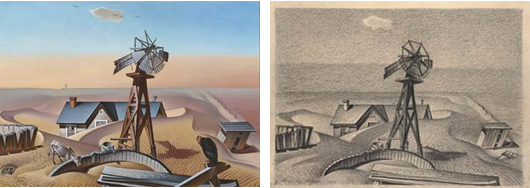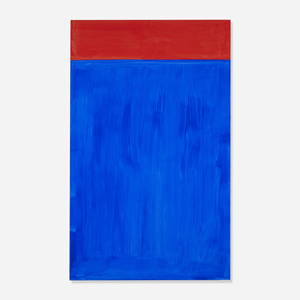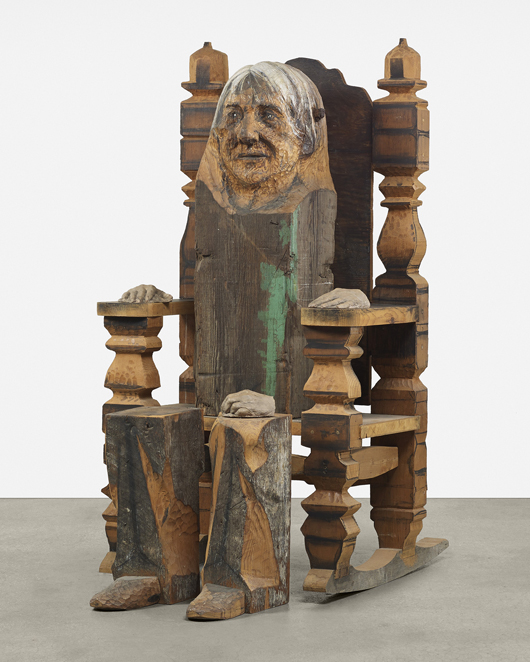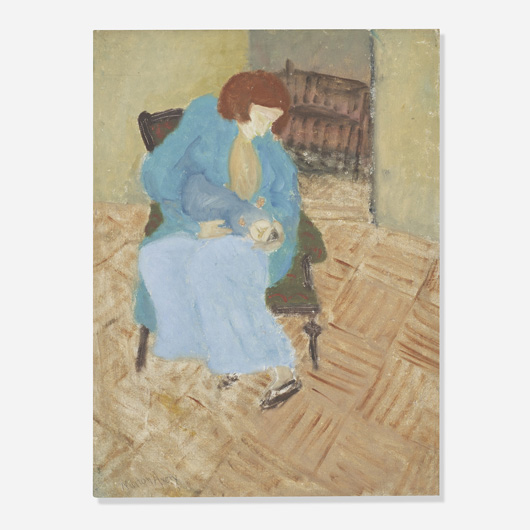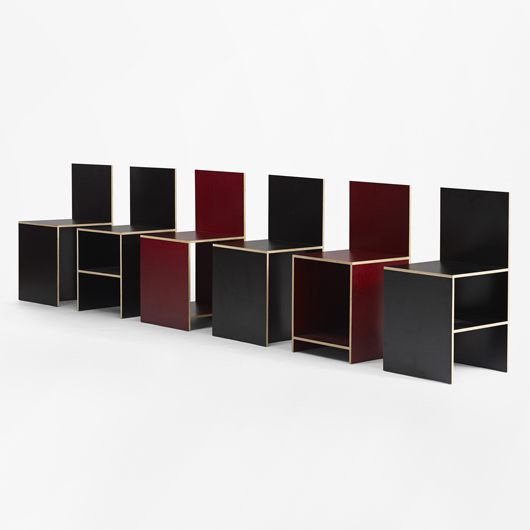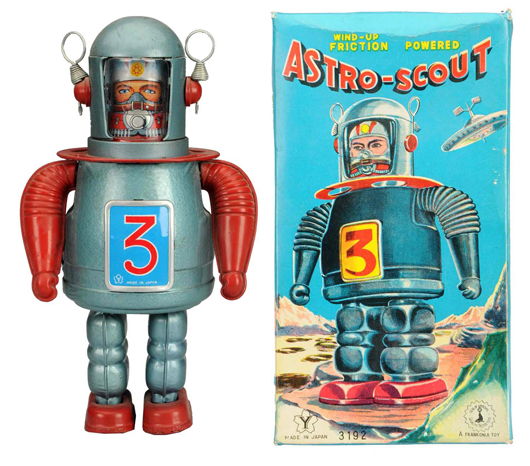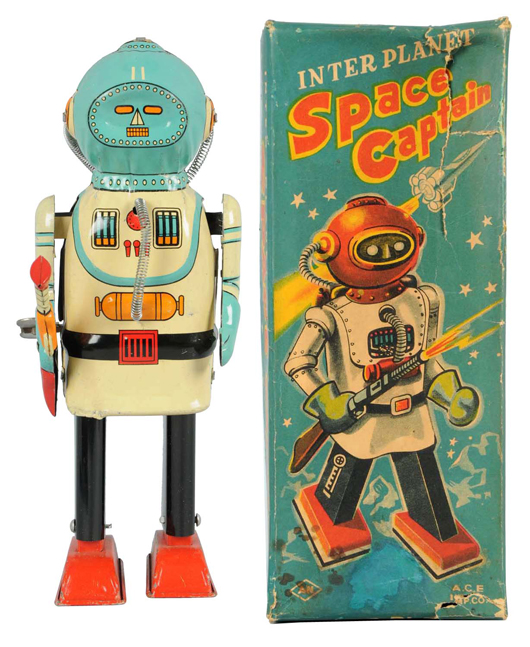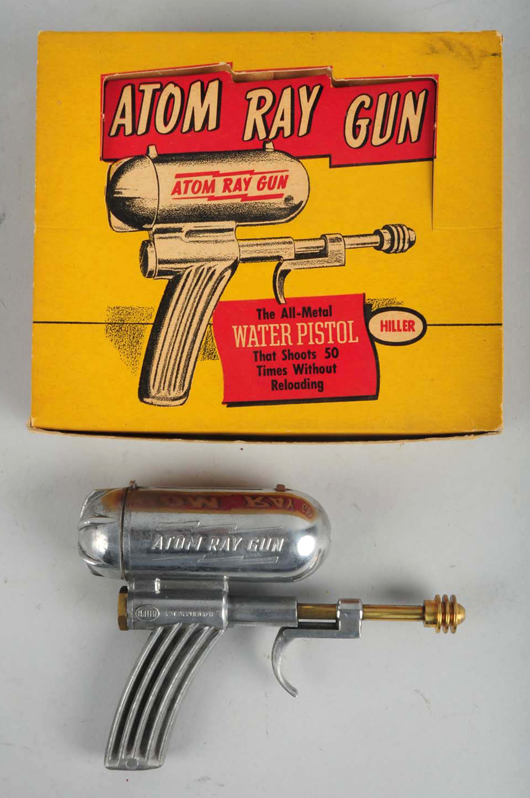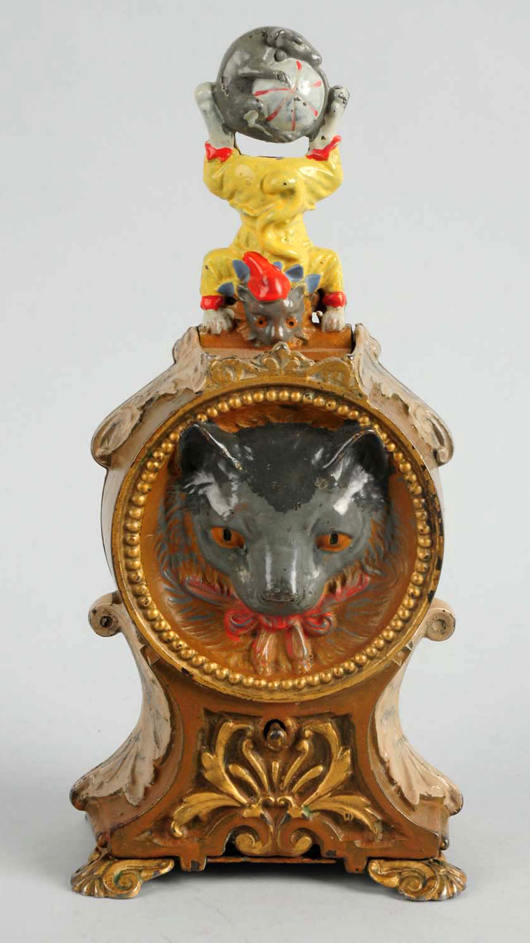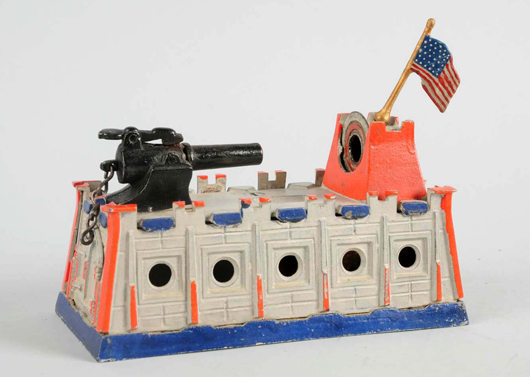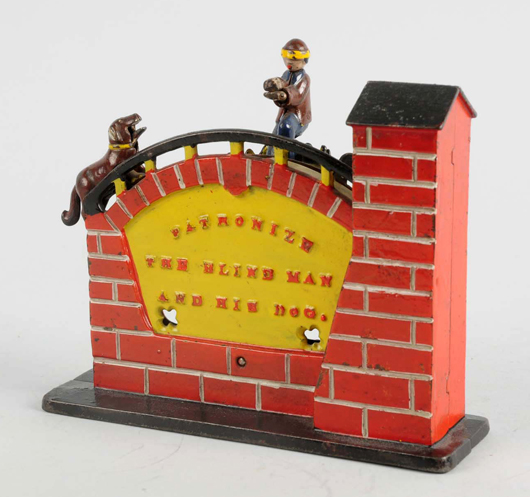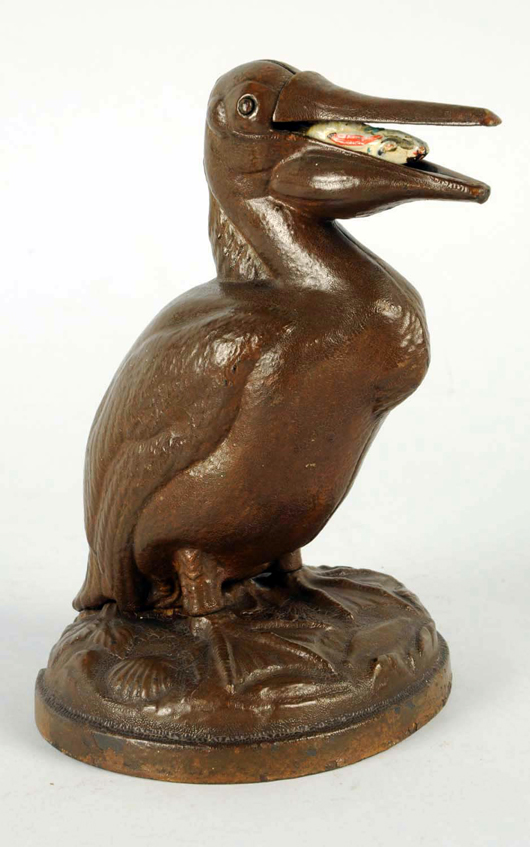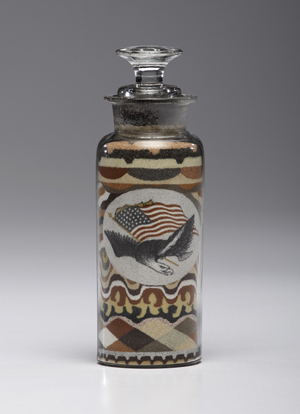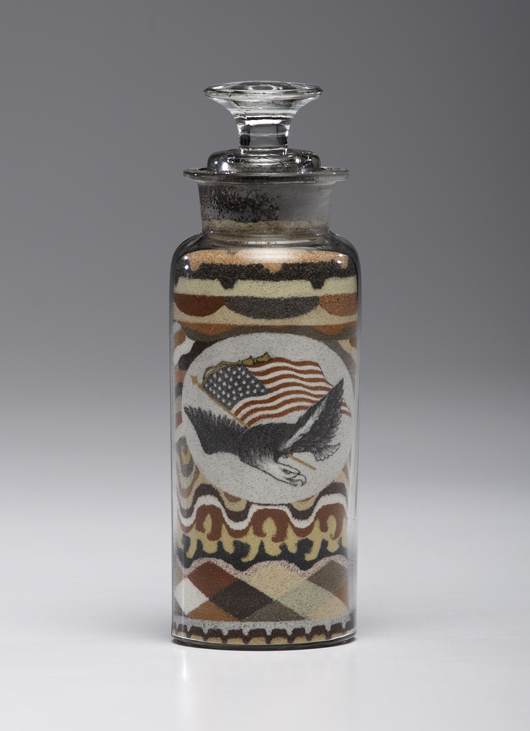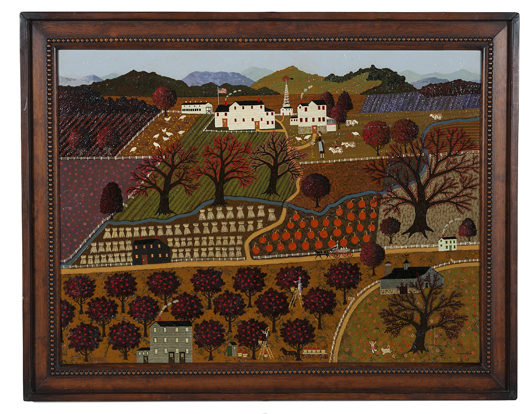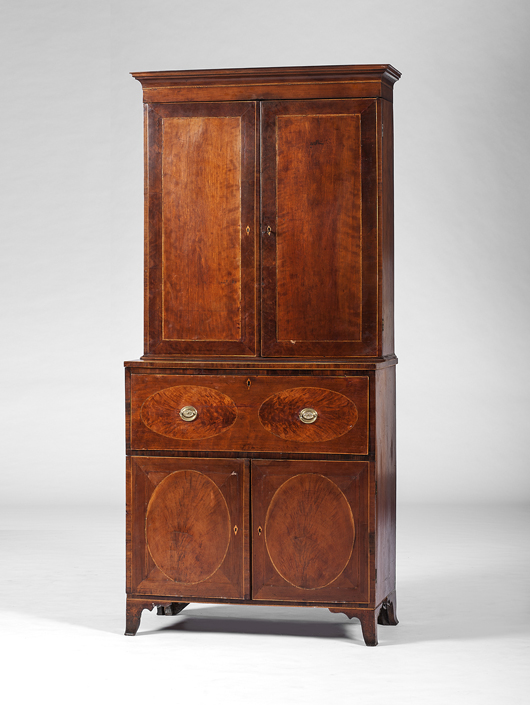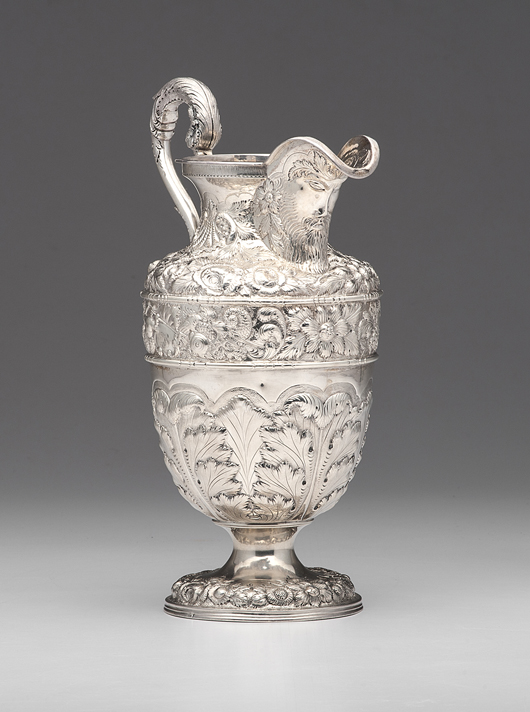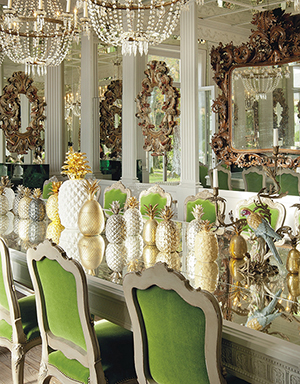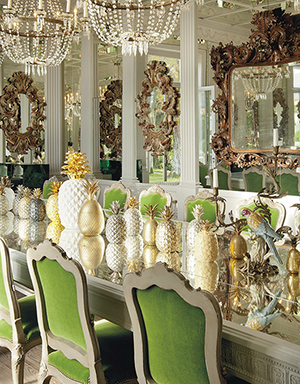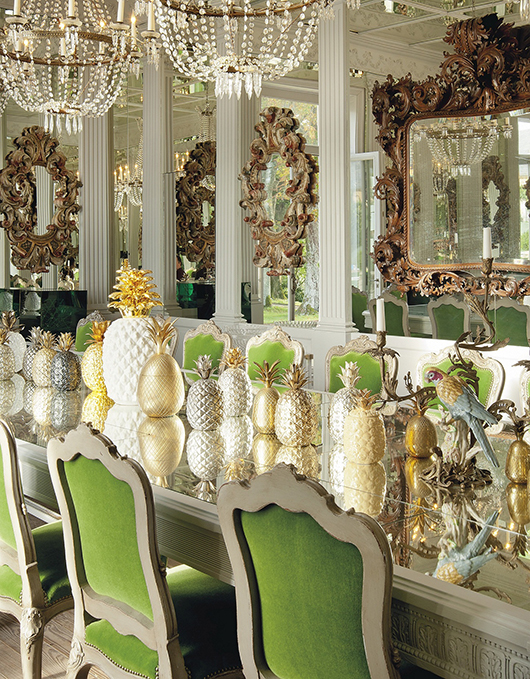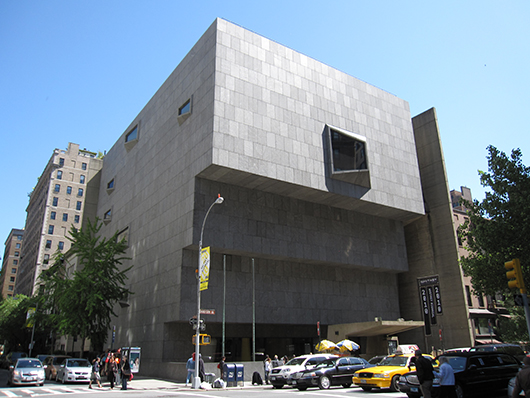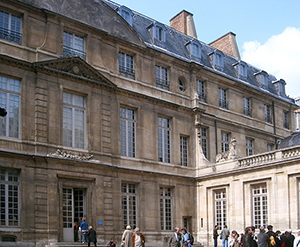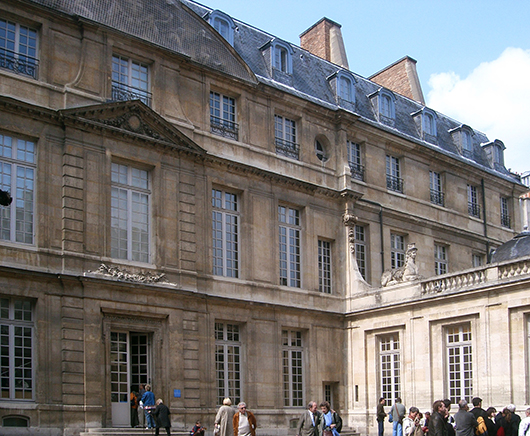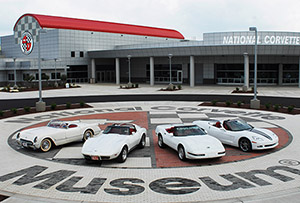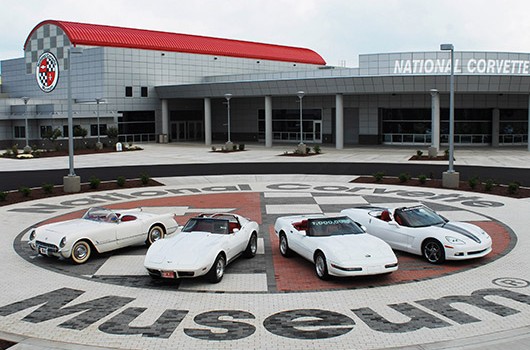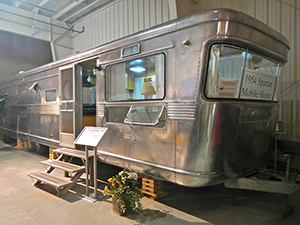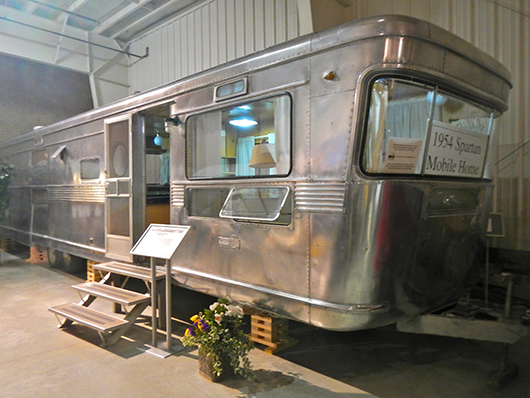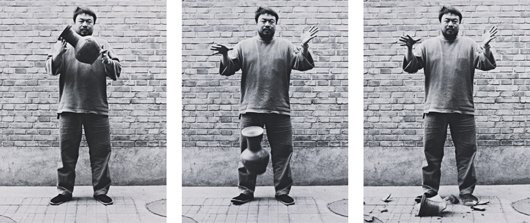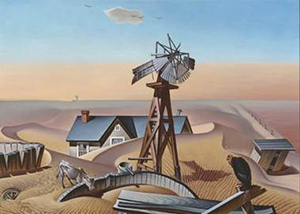
DALLAS – “Alexandre Hogue: The Erosion Series” presents the first exhibition ever devoted to a review of the works that made the artist both famous and infamous during the unfolding of the Dust Bowl in the 1930s. The exhibition, on view now through June 15 at the Dallas Museum of Art, features more than 25 works from private collections and public institutions, including that of the DMA, by this member of the so-called “Dallas Nine.”
“Alexandre Hogue: The Erosion Series” is drawn, in part, from the touring exhibition “Alexandre Hogue: An American Visionary—Paintings and Works on Paper,” organized by the Rockwell Museum of Western Art in Corning, N.Y. Additional loans arranged by the DMA will make the Dallas presentation unique, and provide a full account of this important body of work.
“We are delighted to exhibit a selection of works from Alexandre Hogue, whose relationship with the DMA is profound and enduring, with a holding of 35 of the artist’s works in the collection,” said Maxwell L. Anderson, director of the Dallas Museum of Art. “We invite a new generation of viewers to encounter the prophetic vision of this distinguished artist, whose understanding of our natural environment, and mankind’s need to live in concert with the land, inspired this exceptional group of works.”
Hogue’s deep concern for environmental issues spanned the entirety of his career. The land-management failures that spawned the devastation of the Dust Bowl decade of the 1930s were witnessed by Hogue firsthand on his brother-in-law’s ranch near Dalhart, Texas, and became the impetus for some of the artist’s most powerful imagery– the “Erosion” series. Works such as the DMA’s own “Drouth Stricken Area” served as an alarm to the public and an accusation and rebuke to powers that, through encouraging poor farming practices, had helped to produce the greatest ecological disaster in American history.
Born in Missouri in 1898, Hogue moved with his family to Denton, Texas, early in his life. After a year at the Minneapolis College of Art and Design and a short stint as an illustrator at the Dallas Morning News, Hogue moved to New York City in the early 1920s to work in advertising and study in the city’s museums. Every summer, Hogue would return to Texas, eventually moving back in 1925 to work with fellow artists.
In the early 1930s, Hogue became one of the original members of the Dallas Nine, a group of painters, printmakers and sculptors active in Dallas who focused on the Southwest landscape as their inspiration. The group, active from the 1930s into the early 1940s, presented their work a number of times at the Dallas Museum of Art, including in “Exhibition of Young Dallas Painters: The Dallas Nine” in 1932 at the Dallas Museum of Fine Arts, and they were the focus of the 1985 exhibition “Lone Star Regionalism: The Dallas Nine and Their Circle, 1928–1945.” Hogue moved to Tulsa, Okla., and was head of the art department at the University of Tulsa from 1945 to 1963; he remained in Tulsa until his death in 1994.
“Alexandre Hogue: The Erosion Series” is included in the museum’s free general admission. The exhibition will be accompanied by a full-color, illustrated publication by Sue Canterbury with contributions by Susie Kalil and Alexa L. Hayes. Olivia Hogue Mariño, the artist’s daughter, will join Susie Kalil, co-curator of the exhibition, for a conversation about the life and work of Alexandre Hogue on Thursday, Feb. 27. The exhibition will also be a focus of the Art + Science Festival at the DMA on Saturday, April 12. Additional programming, including gallery talks, will be scheduled throughout the run of the exhibition. For further details, visit DMA.org.
“Alexandre Hogue: The Erosion Series” is organized by the Rockwell Museum of Western Art, Corning, New York. The Dallas presentation was organized by Sue Canterbury, the Pauline Gill Sullivan Associate Curator of American Art, in collaboration with James Peck and Susie Kalil.
ADDITIONAL IMAGE OF NOTE
